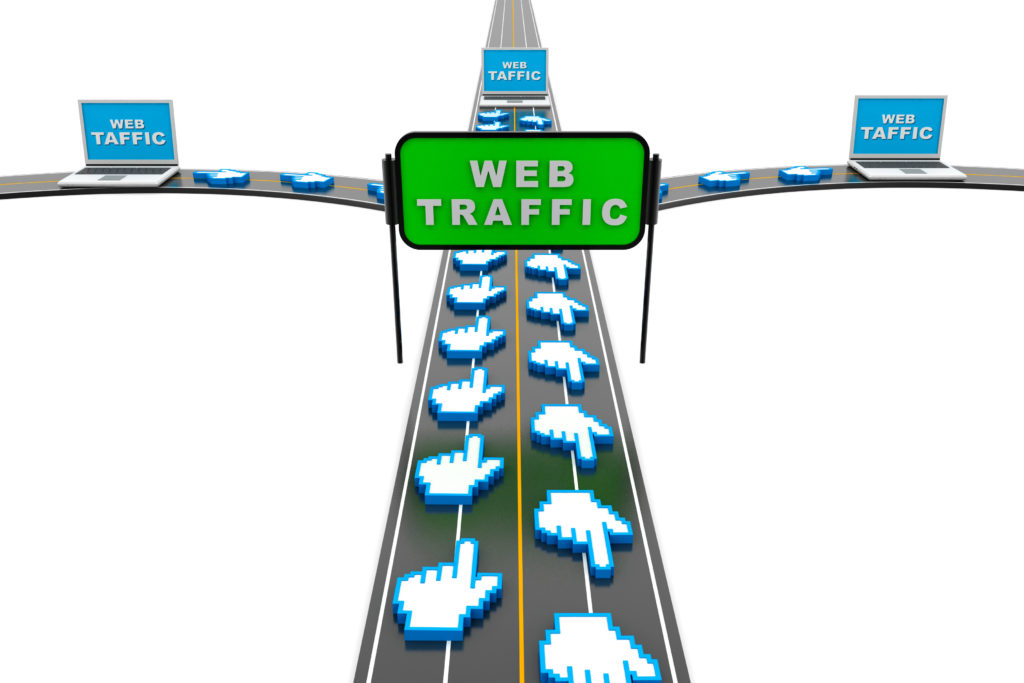The importance of measuring SEO effectiveness over time.
We live in an impatient world. That’s not much of a surprise to anyone. As technology and new possibilities for data mining continue to advance at a dizzying pace, so too do our expectations in terms of achieving results from those advances.
Such is the case with search engine optimization (SEO).
The ability to improve your website’s position in organic web search rankings by effectively aligning page content with well-planned metadata is obviously very appealing to schools of all types and sizes. Ultimately, this is what SEO is all about—increasing traffic to your website.

Unfortunately for many schools, they don’t put the necessary resources into SEO. Whether they simply lack the resources, think they lack the resources and allocate funds to other areas, or don’t believe in the power of SEO, these schools are missing out on a huge opportunity to impact their enrollment and bottom line.
To an extent, it’s understandable that some may not trust SEO to the point where they throw money into it. It can be a very confusing world, and its emergence over the past decade hasn’t come without having to battle misperceptions that it’s more snake oil potion than effective strategic tool. Thankfully, that misperception has for the most part gone away.
But for our purposes here and now, the focus will be on those schools that do invest in SEO.
As mentioned earlier, we don’t have a lot of patience these days. We expect results instantly, whether it’s a web page loading, an app installing, a video playing, or pretty much anything else related to technology.
It’s no different with SEO. And this can be a bad thing. Because one of the most important things to understand when it comes to SEO and the results it can deliver is this—it’s a marathon, not a sprint.

Expecting instant results immediately after optimizing your website’s pages is a waste of energy and just not very realistic. When you go into your SEO initiative with the perspective that results are best measured month-over-month and year-over-year, your expectations will be in the right place.
Case in point—the SEO results from one of our clients between the years 2017 and 2018.
The analytics from this client’s SEO performance offer a powerful glimpse into what’s possible when you take a strategic approach and understand that there needs to be a premium on patience. Consider these results comparing the website’s performance in October 2018 with the performance in October 2017.
- Organic traffic increased 12 percent
- Organic three-month total increased 15 percent
- Organic leads increased 25 percent
- Dollar value of organic traffic increased 10 percent
- Total keywords in top 50 places rose by 414
Additionally, the average session duration on the website increased by more than 30 seconds; and the site’s bounce rate, which measures the number of visitors who leave the website quickly rather than viewing multiple pages, decreased more than 20 percent.
And if you look at how the website performed in October 2018 compared to the campaign’s start in June 2017, the results are even more impressive.
- Organic traffic increased 55 percent
- Organic three-month total increased 60 percent
- Organic leads increased 72 percent
- Dollar value of organic traffic increased 51 percent
- Total keywords in top 50 places rose by 723
Just as interesting is the fact that the website’s well-executed SEO campaign outperformed Google AdWords when it came to lead generation.
In August 2018, SEO generated 351 leads to AdWords’ 274, in September SEO generated 407 compared to AdWords’ 250, and in October SEO generated 374 to AdWords’ 370.
Clearly, there’s a lot to be gleaned from these results. First and foremost, year-over-year it shows that the website’s SEO campaign performed very well. Organic traffic on the website rose substantially, and organic leads improved year-over-year and month-over-month. Exhibiting this kind of growth is critical, because converting traffic into leads is a tough thing to do.

The three-month organic totals demonstrate strong growth every month, a clear indication that the SEO initiative was headed in the right direction. The decreased bounce rate shows that the organic traffic being generated is much more interested and engaged, spending more time on the site navigating through multiple pages. This also is indicated by the solid increases in both the average session duration, as well as the average pages visited per session.
Further, the increased number of keywords shows that the website is getting improved position in SERP for a broader range of keywords, making the site more competitive with the websites of other schools.
So, what’s it all mean?
Consider what may have happened if this client expected these kind of results from its SEO campaign in just the first few months. They may have erroneously deemed the effort a failure, abandoned any future commitment to SEO for their website, and walked away from long-term results that have been highly impressive.
Fortunately, they didn’t. They chose to be the turtle instead of the hare, and understood the importance of treating the campaign as a marathon, not a sprint.
That’s a valuable lesson. And it’s one we impress on schools across the country every day. We have more than 20 years of experience leading the way in providing admissions and marketing solutions to colleges and universities that deliver results.
If you’re ready to learn more about how SEO can take your website to new levels and provide a considerable boost to your school’s bottom line, contact one of our seasoned experts today.
Comments are closed.


